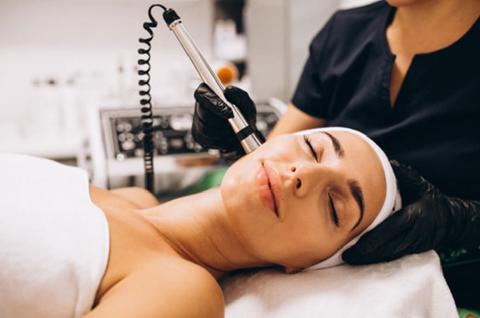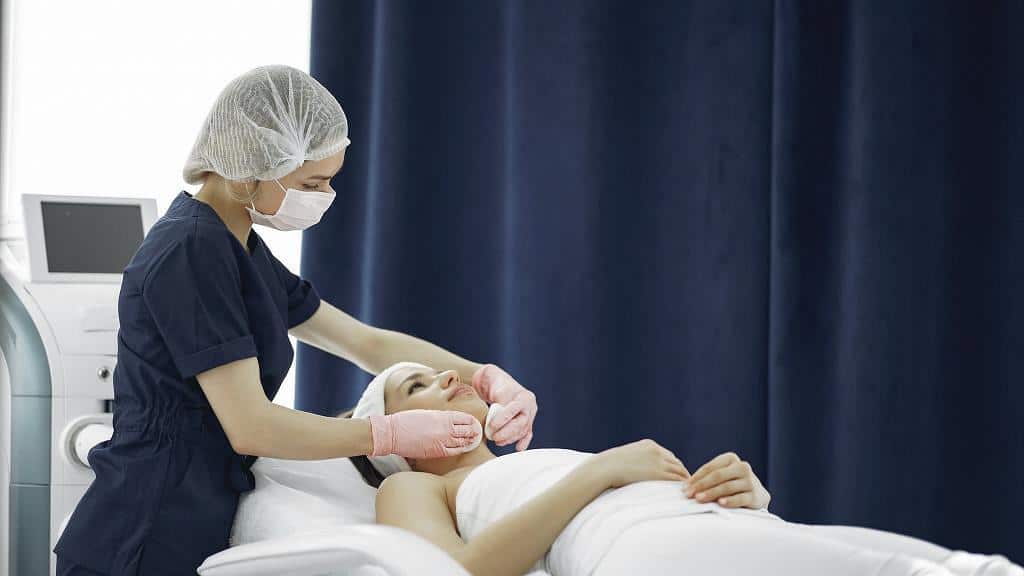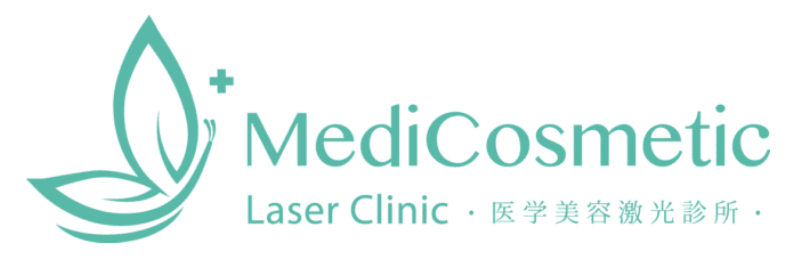Endymed 3D RF Intensif Skin Tightening
Home » Endymed 3D RF Intensif Skin Tightening


Endymed 3D RF Intensif Skin Tightening
EndyMed 3DEEP is a skin rejuvenation procedure that uses radiofrequency energy (RF) that helps lift and tighten skin. Technically, it’s a trio of noninvasive radiofrequency treatments that heat the lower layers of the skin. Its three handheld devices each have different purposes: tightening and contouring, Intensif RF microneedling, and fractional skin resurfacing (FSR).
- Skin tightening and contouring: The EndyMed 3DEEP radiofrequency device works for both facial tightening and body tightening. It’s designed to lift sagging or loose skin, smooth wrinkles, tone cellulite, and shape areas with skin laxity due to aging or weight loss. It can also help with body contouring. The radiofrequency technology is FDA-cleared to treat sensitive areas around the eyes and mouth, but it can also treat the neck, legs, underarms, and under the chin. The dermal heating (to 125°F) invigorates new collagen production and improves elasticity deep in the dermis, the lower layers of skin. There’s no reported downtime, but it takes multiple treatments (up to 10 sessions) for optimal results.
- Intensif RF microneedling: As the device glides across your face, it emits heat, while tiny needles gently prick the area, causing microinjuries that stimulate a healing response. The combination of heat and microneedling boosts new collagen production. It can also reduce the appearance of large pores, acne scars, stretch marks, and fine-to-deep wrinkles on your face, neck, chest, and body. Downtime depends on the extent of the procedure and your personal sensitivity, but expect a few days of swelling and redness.
- Fractional skin resurfacing (FSR): The EndyMed 3DEEP FSR uses 112 tiny electrodes to heat multiple layers of skin, prompting it to heal on its own. “It’s perfect for anyone who wants the effects of a [deep] chemical peel, with less downtime and a lower risk profile.” While the FSR is not as intense as microneedling, you can expect redness and swelling over the first few days. After the redness fades, you’ll begin to see the laser’s “grid” marks (tiny dots) on the skin surface. It will feel tight and itchy, and the dots will scab, but all of this should resolve within a week.

